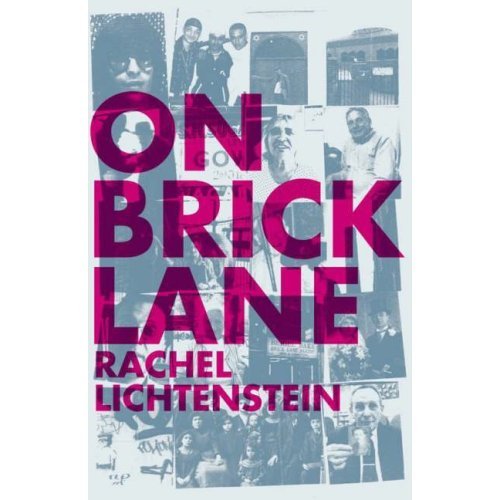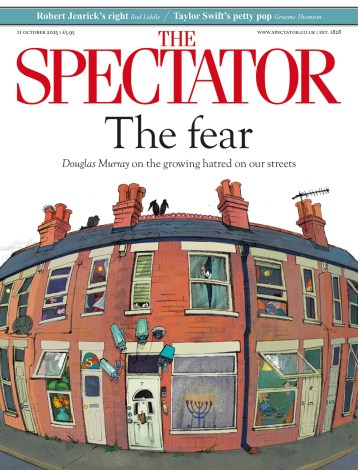 I spent part of this morning on a delightful walk down Brick Lane in east London with the artist and historian Rachel Lichtenstein, recording a piece for the Today programme next week. Rachel, who is a match for anyone in the field of psycho-geography, has a new book out entitled On Brick Lane, which is a majestic oral history of the area, and the first of three planned books on London streets, the next of which will explore Hatton Garden. Rachel’s specific thesis is that social change and middle class entryism has brought to an end a deeply-rooted tradition in this part of the capital city, a tradition that must be recorded for posterity before it disappears. But this is not only a book for those (like me) who are interested in east London history. Because of its extraordinary ethnic and religious diversity, and especially since 7/7, Brick Lane has become a laboratory for modern Britain, as well (less appealingly) as a heritage site for tourists and amateur anthropologists. It holds a mirror up to us and the way we live now, and Rachel’s book is indispensable reading for those drawn to the evolving debate on Britishness. Highly recommended.
I spent part of this morning on a delightful walk down Brick Lane in east London with the artist and historian Rachel Lichtenstein, recording a piece for the Today programme next week. Rachel, who is a match for anyone in the field of psycho-geography, has a new book out entitled On Brick Lane, which is a majestic oral history of the area, and the first of three planned books on London streets, the next of which will explore Hatton Garden. Rachel’s specific thesis is that social change and middle class entryism has brought to an end a deeply-rooted tradition in this part of the capital city, a tradition that must be recorded for posterity before it disappears. But this is not only a book for those (like me) who are interested in east London history. Because of its extraordinary ethnic and religious diversity, and especially since 7/7, Brick Lane has become a laboratory for modern Britain, as well (less appealingly) as a heritage site for tourists and amateur anthropologists. It holds a mirror up to us and the way we live now, and Rachel’s book is indispensable reading for those drawn to the evolving debate on Britishness. Highly recommended.
The Spectator
The East End Way






Comments